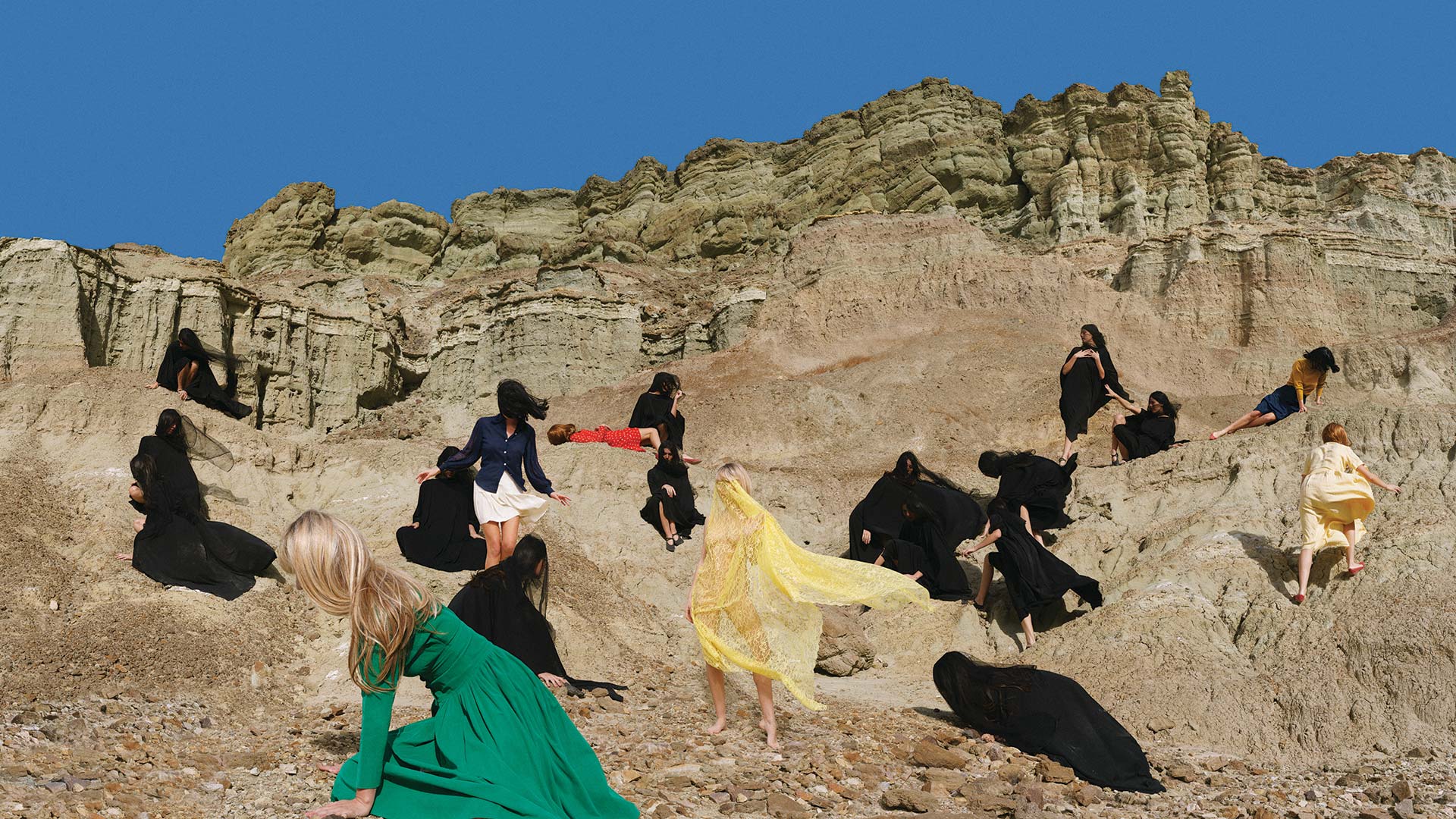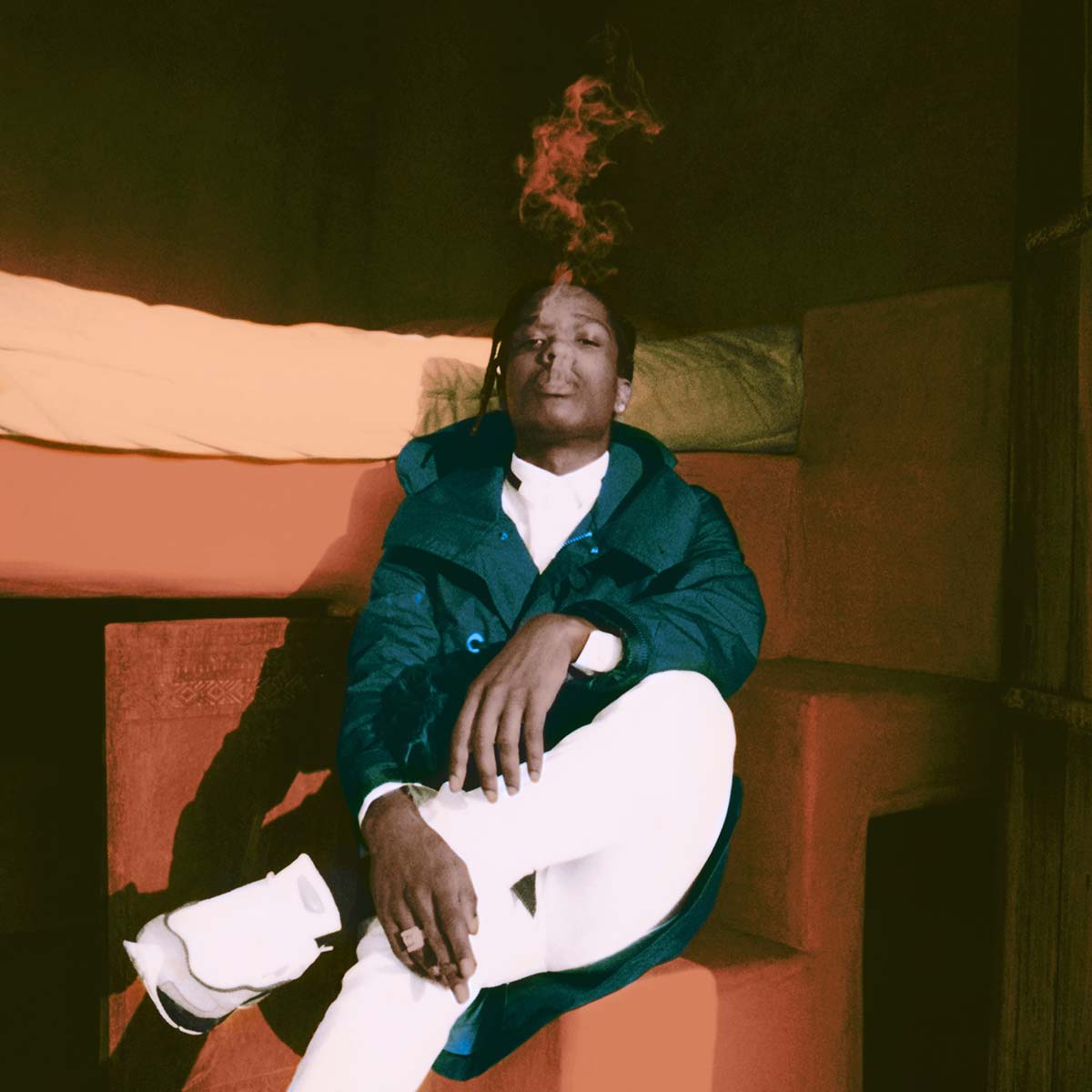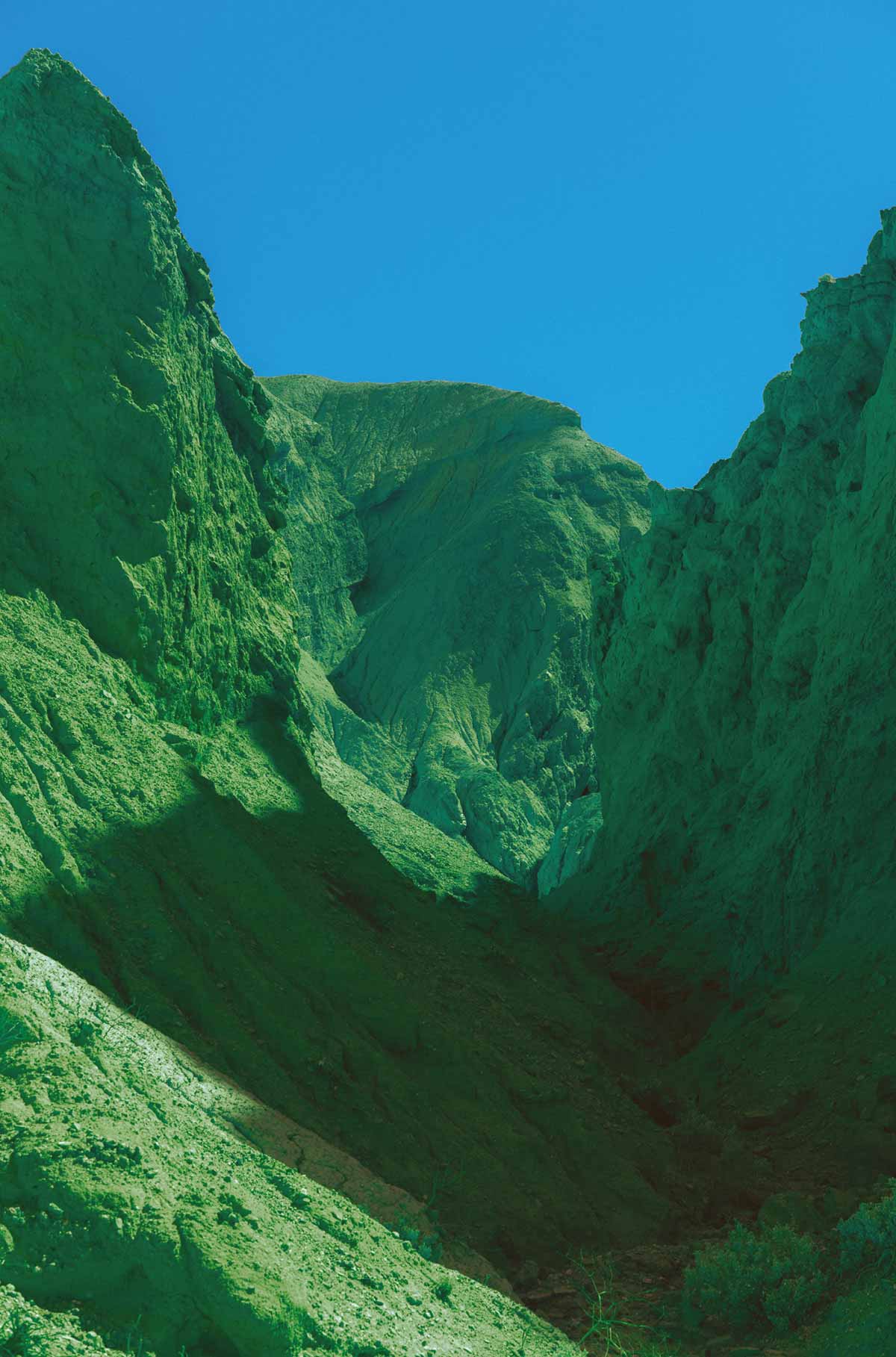Your Space Or Mine
Neil Krug’s psychedelic desert dreamscapes are coming to a billboard near you
Album sleeves remain one of the most significant pop-culture artefacts of all-time and iconic record covers are, without a doubt, among the most cherished, reproduced, and evocative works of art we encounter in our everyday lives. After a swift ascent to become one of the music industry’s most sought-after creators of album artwork, collaborating with the likes of Bonobo and Unknown Mortal Orchestra, Neil Krug’s sleeves are future classics. From the film noir menace of Lana Del Rey’s Ultraviolence to the enigmatic, sand-filled, sunlit interior that graced the cover of Tame Impala’s The Slow Rush, his images are already very much embedded in the cultural consciousness (or what he refers to as “the musical cosmos’).
Drawing on a unique and stylish lexicon of cinematic references, his distinctive photographs often evoke the high-key colour of a Californian dreamscape. With its irresistible golden light, and that uncanny experience of boulevards and vistas you’ve encountered a thousand times before, as if in a dream or immortalised on the silver screen, California seems like the perfect home for Krug’s saturated, otherworldly images.
While influenced by the enduring aesthetic of the 1960s exploitation movies which he devoured as a youth, Krug’s vision seems to depict a world disorientingly dislocated from time. Like so many others prepared to make their home on a fault-line for the promise of eternal summer, the Kansas-born photographer was drawn to the Pacific Coast by the elusive, shimmering mirage of bygone California. “It’s something that doesn’t exist anymore,” he explains. “But it’s a place in our minds, and it’s present in the works I’ve made over the years.”
05.03.21
Words by



 Phantom: Stage One - Last Supper by Neil Krug
Phantom: Stage One - Last Supper by Neil Krug
 Lana Del Rey - Ultraviolence by Neil Krug
Lana Del Rey - Ultraviolence by Neil Krug




 Bonobo - Migration by Neil Krug
Bonobo - Migration by Neil Krug
 A$AP Rocky by Neil Krug
A$AP Rocky by Neil Krug
 Tame Impala - The Slow Rush by by Neil Krug
Tame Impala - The Slow Rush by by Neil Krug






